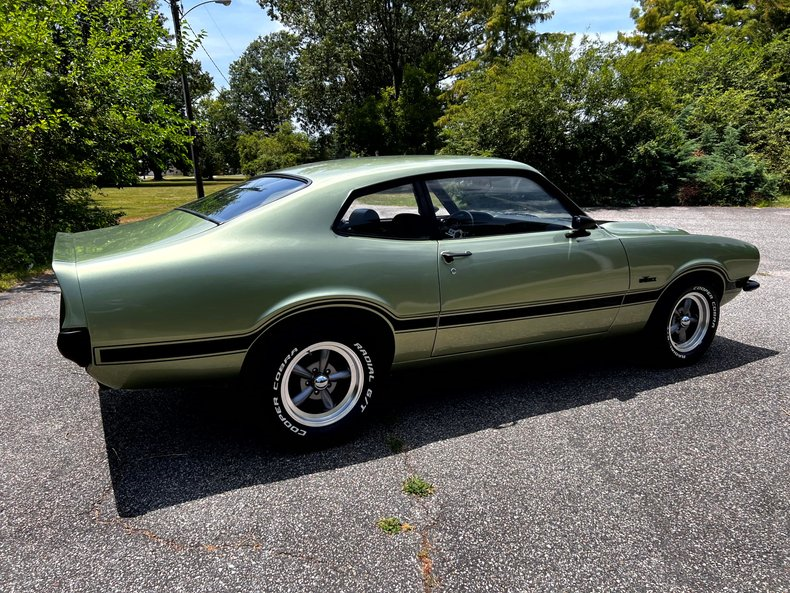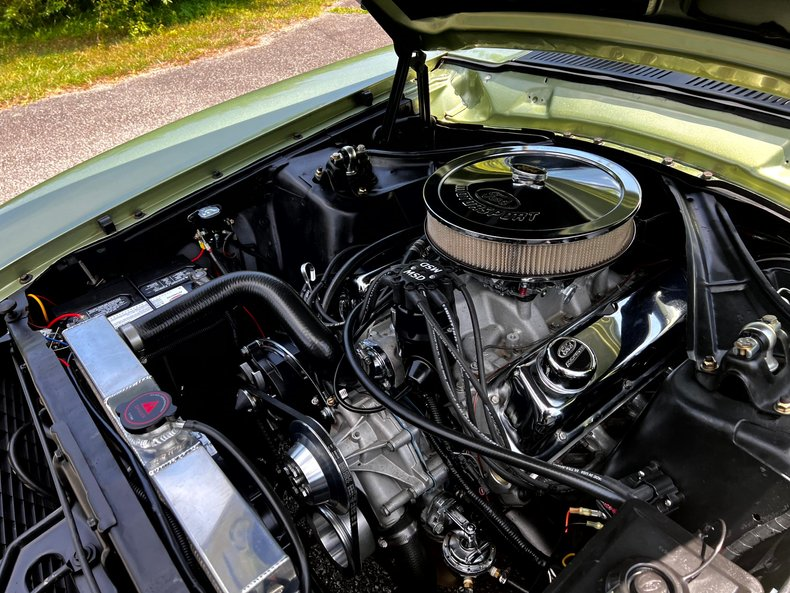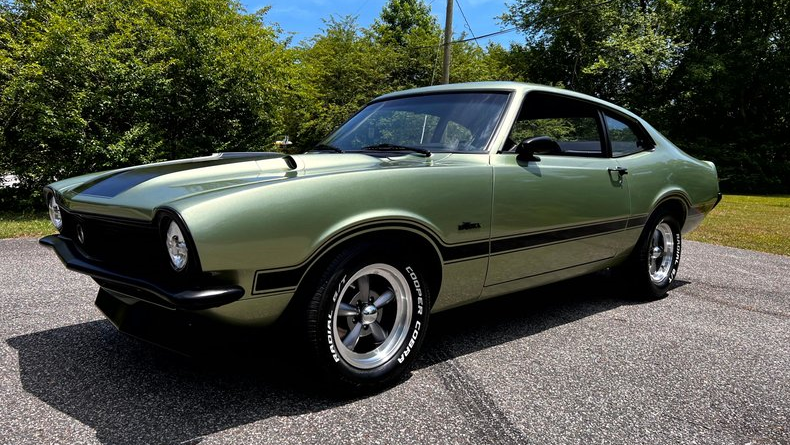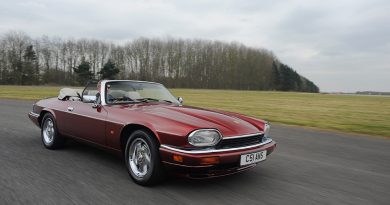1970 Ford Maverick
The Ford Maverick is a compact car manufactured and marketed by Ford for model years 1970–1977 in the United States, originally as a two-door sedan employing a rear-wheel drive platform original to the 1960 Falcon — and subsequently as a four-door sedan on the same platform.
The name “maverick” was derived from the word for unbranded range animals, and the car’s nameplate was stylized to resemble the head of Longhorn cattle.

In fact, it’s arguably a better-looking pony car from the front than the Mustang II that arrived on the scene a few years later. But more importantly, it was the right size for the moment, and weighed less than the bloated Falcon that preceded it. Initially, the Maverick sold like gangbusters, though the fact it was more a cosmetic reimagining of an old platform would come back to bite it when the gas crunches hit, and its aging line of inline-sixes and a low-powered V-8 option didn’t cut it. In the same vein, as personal luxury became the vogue and pony cars outmoded, even the more formal Maverick sedan didn’t sound the right note. But during its run, more than 2 million Mavericks were sold, which isn’t shabby by any stretch.

This Maverick was converted for racing. Apparently the car took part in a couple of events with the Classic Touring Car Racing Club but was then sold on minus its engine, gearbox and differential. The new owner, an engineer, got it going again with a 347 CID Stroker Engine V8 in a hot but not ‘full race’ state of tune, plus a Ford Toploader gearbox and a standard differential.

In true blue oval fashion and for the period being the early 70’s there is a consistency in the design of all the models from this year that says it’s a Ford. Embossed panels in black vinyl house the door actuators, arm rests and window cranks. This car is just a bit larger than the Mustang, so these doors are just a bit more accommodating than the Mustang for those of a larger height and stature. Inside is a full bench in front with a split back. This shows also in black vinyl and has smooth bolsters outside and some faux woven vinyl panels for the inserts to have just a bit of texture when you enter. In the back is a full bench stretching from side to side. The simple yet effective dash design uses 2 deep set round gauges that are within a curved upward and outward dash front. This gives the illusion of the gauges being oval when they are actually round. The remainder of the dash front is black painted solid metal with a single ash tray that hinges down to accept your smoking waste. In the hump in the middle is a Hurst shifter which resides in a sea of black carpeting which is in nice condition with no fades or major staining.

Like the Mustang, the Maverick featured classic ponycar long hood/short deck body proportions. But while the Mustang was tailored to the youth and performance market, the Maverick was designed as a no-frills import fighter, competing head-to-head against Volkswagen, Datsun, and Toyota. Speaking directly to the import-buying crowd, Iacocca’s marketing team presented the Maverick as “The Simple Machine,” as in simple to purchase, maintain, and operate.




